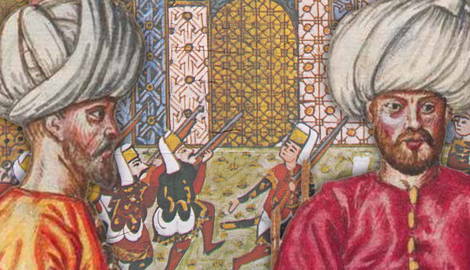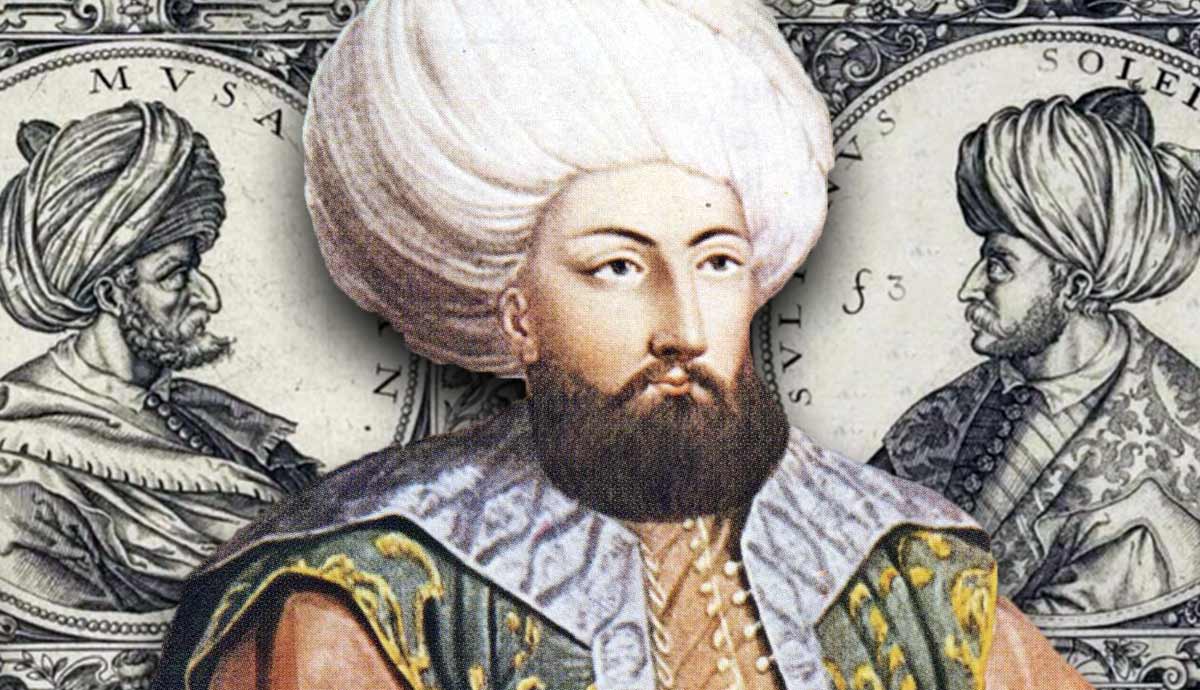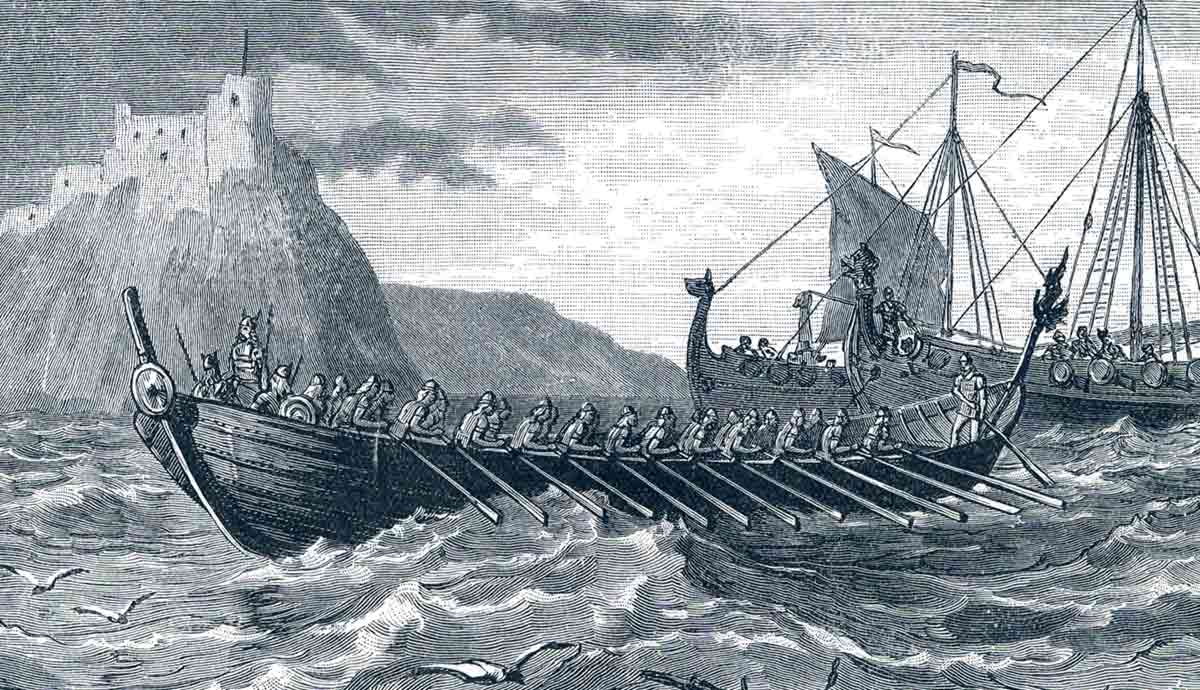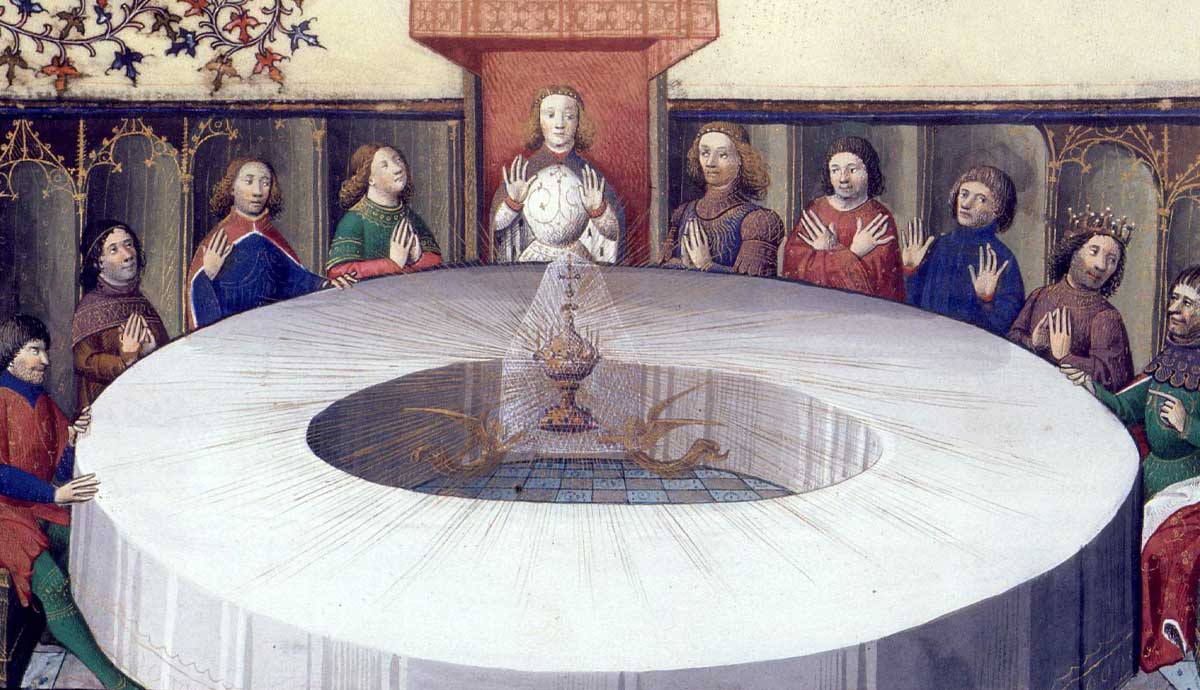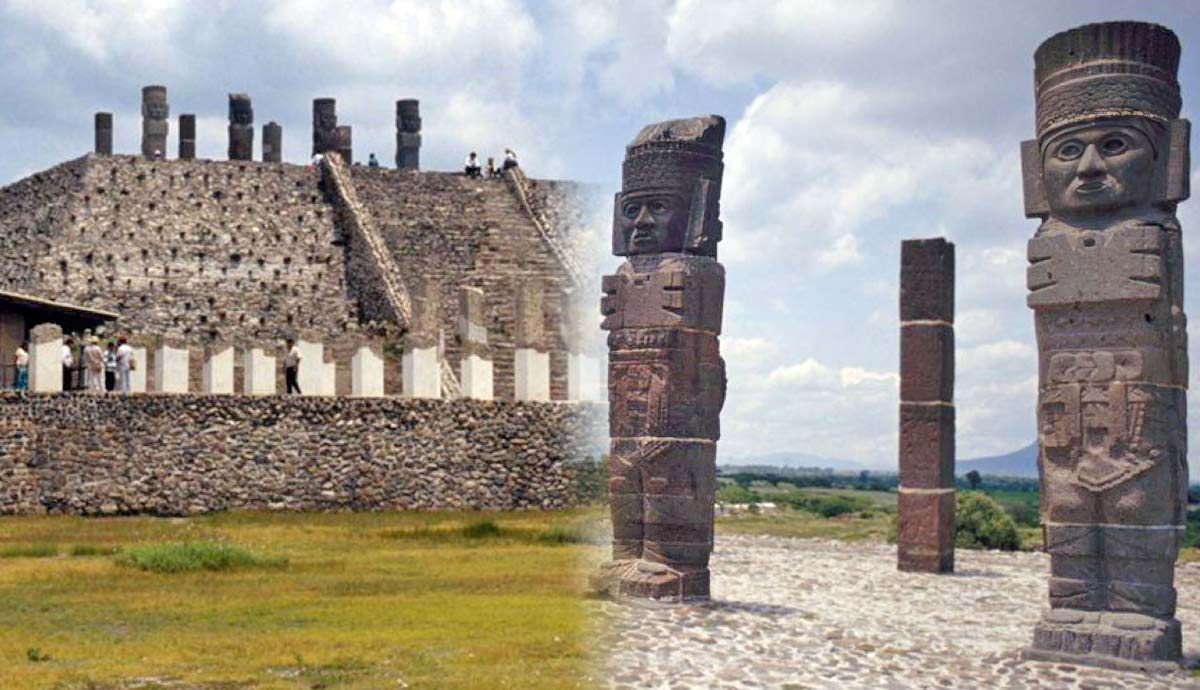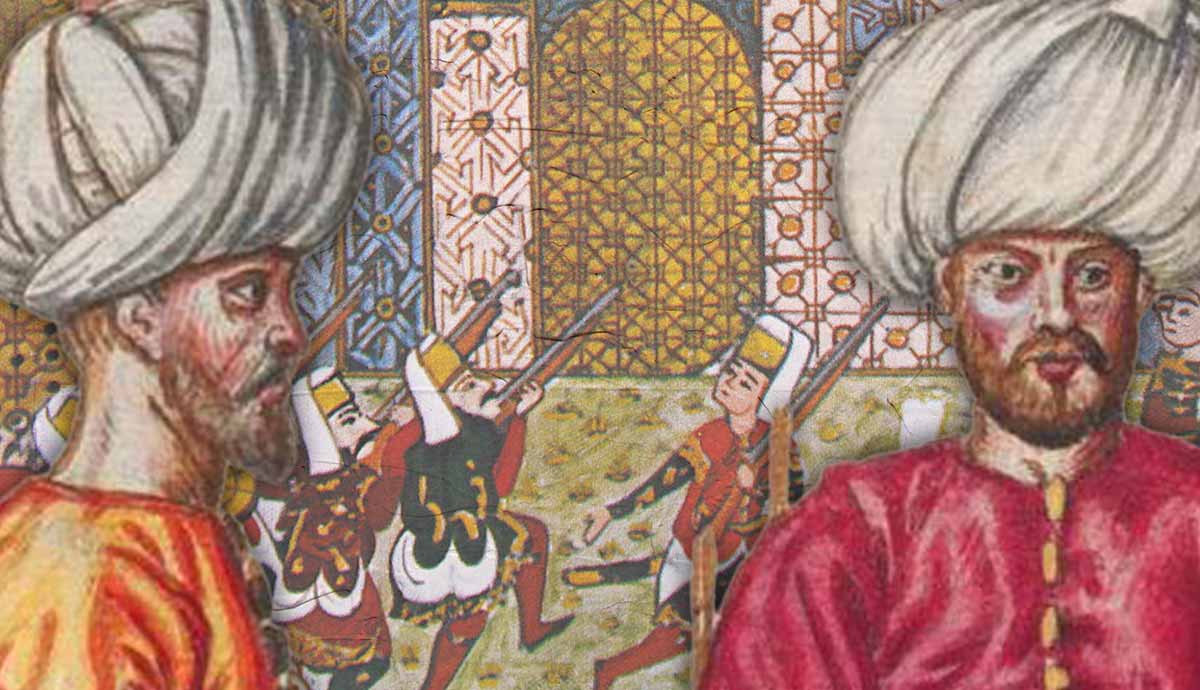
Formed in 1363 by Sultan Murad I, the Janissary Corps was a group of elite fighters who, as the ruler’s property, owed complete loyalty and allegiance to the Sultan. This group would go on to influence politics until their dismemberment in 1839. For centuries, the Janissaries influenced court politics, the depositions and assassinations of Sultans and their families, and the formation of new religious orders.
The Founding of the Janissaries

The Janissaries were founded in 1363 by the Ottoman Turks, a once-tribal principality that had, by the mid-14th century, conquered significant parts of Anatolia and the Balkans. They were formed after Sultan Murad I, the third Ottoman sultan, who tried to counterbalance the power of the Turkoman nobility with an infantry force that was loyal to the Sultan. The name of this new force, the Yeni Çeri or “New Soldiers,” was Latinized as “Janissary.”
Male children and teenagers were taken from Christian Balkan families as a form of haraç or tax on non-Muslim peoples. This system—abolished in 1648—was called the devşirme, or “gathering” and was resisted by many families. However, others—especially those in poverty—realized their sons could attain powerful positions and wealth by being recruited as a Janissary.
The Ottoman army, which had until the reign of Murad consisted mainly of Turkomans who had tribal alliances, was soon dominated by a force of individuals who were raised as loyal Muslim servants of the Sultan. The young boys were trained in the Enderun, the palace school, where they learned theology, politics, and the military arts.
They were not restricted by Turkic tribal customs, steppe warfare weapons (like the bow and arrow), or allegiances to other Turkish beyliks (principalities). Instead, they were taught the most advanced military strategies of the Late Medieval and Early Modern periods and were one of the earliest armies in Europe and the Middle East to manufacture and use firearms.
The Janissaries’ Role in Ottoman Victories

As kapikullari or “door servants,” the Janissaries constituted a separate class of imperial subjects; many were converts to Islam, and thus could not be considered “slaves,” yet they were not exactly free men. Janissary troops were given annual salaries for their service. Additionally, on special occasions such as a sultan’s accession to the throne or the circumcision of princes, they were bestowed with money, expensive fabrics, and clothes.
These factors, along with the possibility for social and political advancement, incentivized a Janissary troop to demonstrate his skill and strength. Organized into smaller ortas (battalions), Janissary troops were assigned different ranks and duties. Whether as an archer, rifleman, infantryman, or aga, (supreme commander of the corps), exceptional men could rise to political and bureaucratic positions such as the grand vizierate.
One of the most successful grand viziers in Ottoman history, Sokullu Mehmed Pasha, was initially taken as a young boy and trained to be a Janissary. Rising the ranks, he held the position for 15 years and served three sultans, most notably Suleyman the Magnificent.
This formidable force was one of the reasons behind Ottoman military successes in the Early Modern Period. They were the driving force in major Ottoman victories against European armies in Nicopolis (1396), Kosovo (1448), Constantinople (1453), and Mohacs (1526). Aside from their reputation for advanced training and equipment, the Janissaries struck fear into the hearts of their enemies with the Mehteran, the military band that played powerful tunes on drums and reed instruments during campaigns and battles.
Power, Politics, and Patronage

Ottoman politics was deeply influenced by the Janissaries. Princes first and foremost attempted to secure the support of the Janissary Corps in their bid for the sultanate. While still a prince, Selim I—later known as Yavuz, meaning ferocious or grim—managed to secure the support of the Janissaries, which allowed him to overthrow his father, Sultan Bayezid II.
The Janissaries could also be an unruly and dangerous force. Coffee shops in Istanbul were a place where discontent Janissaries could provoke rebellion. When these sites were banned by Sultan Osman II in 1622, he was killed by Janissary troops.
On their accession to the throne, sultans would give the Janissaries a stipend, and in return, would receive their oath of allegiance. Powerful figures in the Ottoman government such as grand viziers, queens, and concubines would ally themselves with the Janissaries to achieve their political goals.
Kösem Sultan, the powerful 17th-century regent, and Valide (Queen Mother) understood the importance of keeping this force content. During a financial crisis, she had palace gold and silver melted down to pay the Janissaries their wages. Throughout much of her reign, she managed to form close ties with the commanders of the Janissary corps—such as Mustafa Aga—who in turn wielded influence over his powerful troops.
Changes Throughout the Centuries

By the mid-17th century, the Janissaries had become a thorn in the side of the Ottoman government. Their influence over palace politics, rebellions during economic hardships, and dictating of state policy had created instability in the capital. In the 1620s, Sultan Osman II, aged only 17, vowed to reform the army and possibly disband the Janissary corps. As a result, he was imprisoned, and later brutally murdered, his ears and nose reportedly being chopped off by the Janissaries.
Some reforms had been able to touch this force that grew more antiquated with every decade. During the rule of Selim II (d.1574), Janissaries were allowed to get married. In previous centuries, they were expected to remain celibate as a measure of enforcing discipline and their devotion to the state and sultan. In 1638, the devşirme system was also abandoned, meaning that ordinary Turks and Muslims could sign up to become Janissaries. This led to an influx of men going to Istanbul, desiring the political and economic benefits of being a soldier.
These changes were palatable to the Janissaries who did not desire reform in their organization. Any further reform was met with resistance. The last of the reformist sultans, Selim III (d.1807), was a man who was relatively open to Westernization and wanted to slow the Ottoman decline. Selim created the Nizam-i Cedid, a new military force that was to institute European-inspired military organization and uniforms, among other things. This was essentially a death sentence for the Janissary corps, which revolted and dethroned the Sultan.
Putting an End to the Janissary Corps

Despite Selim III’s dethronement, the modernization of the Ottoman Empire could not be stopped. In 1808, Mahmud II ascended to the throne. Possibly the most pro-Western and revolutionary sultan of all time, Mahmud was intent on creating a modern army in line with those of Britain and France. Losses of imperial territories—such as Greece in 1821—and revolts across the Mediterranean and Balkans made the need clear to both the Sultan and civil society.
Since the Janissary Corps was a deeply entrenched and century-old establishment, any changes to its structure caused criticism and censure. Yet the new Sultan was not looking to reform the Janissaries. Instead, he wanted to abolish the institution altogether. On June 15, 1826, this vision became a reality. Hearing of his plan to form a new army, the Janissaries revolted in the streets of Istanbul. Mahmud saw this as an opportunity to band together factions of society that were displeased with the Janissaries. In the ensuing chaos, thousands of Janissaries were slaughtered, and others were imprisoned.
The Janissaries, a force almost as important as the Sultan himself, were officially destroyed. This incident was known as the Vaka-i Hayriyye or the “auspicious incident.” On July 7, 1826, Sultan Mahmud II issued an imperial edict forming the Asakir-i Mansure-i Muhammediye, a new army that was to replace the Janissaries. These soldiers were to be recruited from the Turkish populace, to have training in military colleges, and to be taught modern military science. Also, Europeans were commissioned to instruct these new colleges, allowing the army to be exposed to new and revolutionary ideals.
An Enduring Legacy

To this day, the Janissaries inspire much admiration and resentment. To many Balkan nations, they are a reminder of the ramifications of centuries of Turkish rule. Due to the devşirme system by which Janissaries were initially recruited, many Christian families lost their sons. To others, they are a symbol of the complex Ottoman military and bureaucratic systems. Through the creation of a complex set of social networks and hierarchies, the Ottomans were able to develop one of the most ethnically diverse yet effective armies in history.
The history of the Janissaries is also a great example of how a mighty empire may crumble from within. While the complex system of enslavement and loyalty to the Sultan had been effective in earlier centuries, a succession of weak, mentally ill, and child Sultans in the 17th and 18th centuries transformed the Janissaries into a politically ambitious group.
In modern-day Türkiye, the most enduring legacy of the Janissaries is their military band, the Mehteran. It is common to see this military band, with their distinctive high börks (headwear), red kaftans, and musical instruments, during social and political festivities. Although the martial music that they play was mainly composed in the early 20th century, they use similar tones, keys, and lyrics to the mehter marches from earlier centuries.
These performances can also be seen in international cultural parades, such as those held in Times Square, New York City. These mehter performances are interesting artistic and musical displays and a constant reminder of the deep-rooted militarism and sense of statehood that permeates Turkish historical pride.
